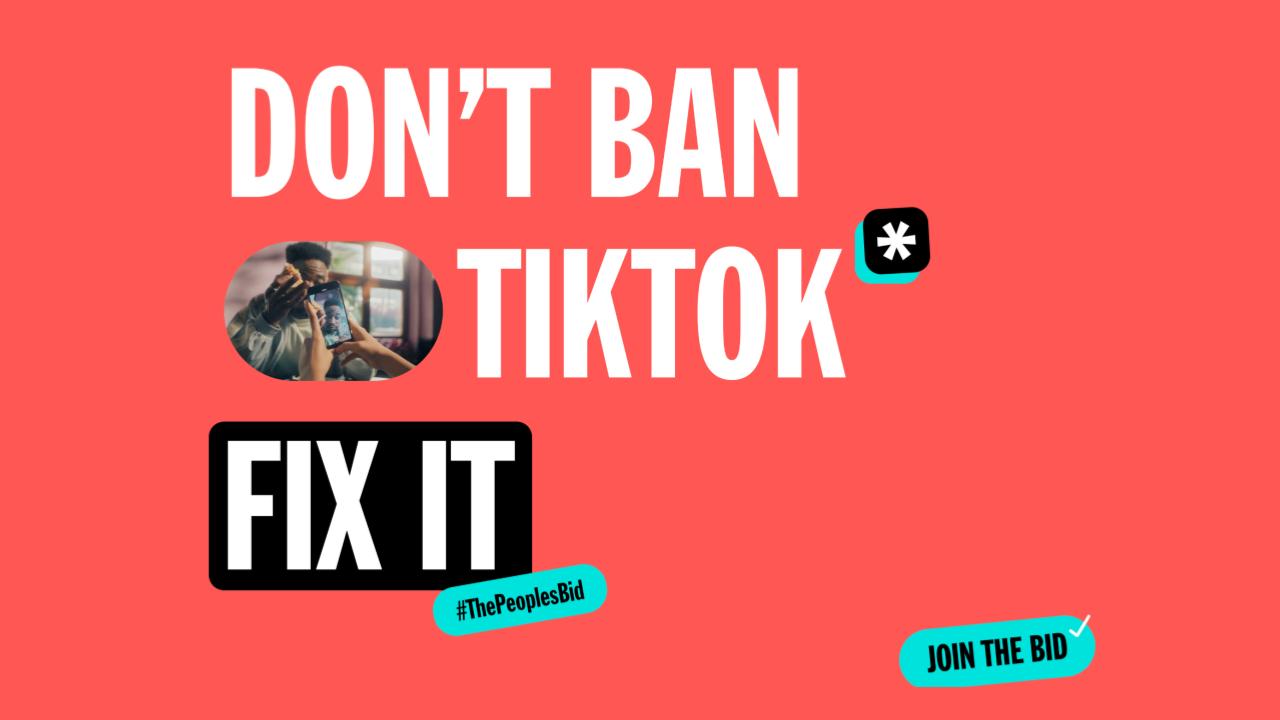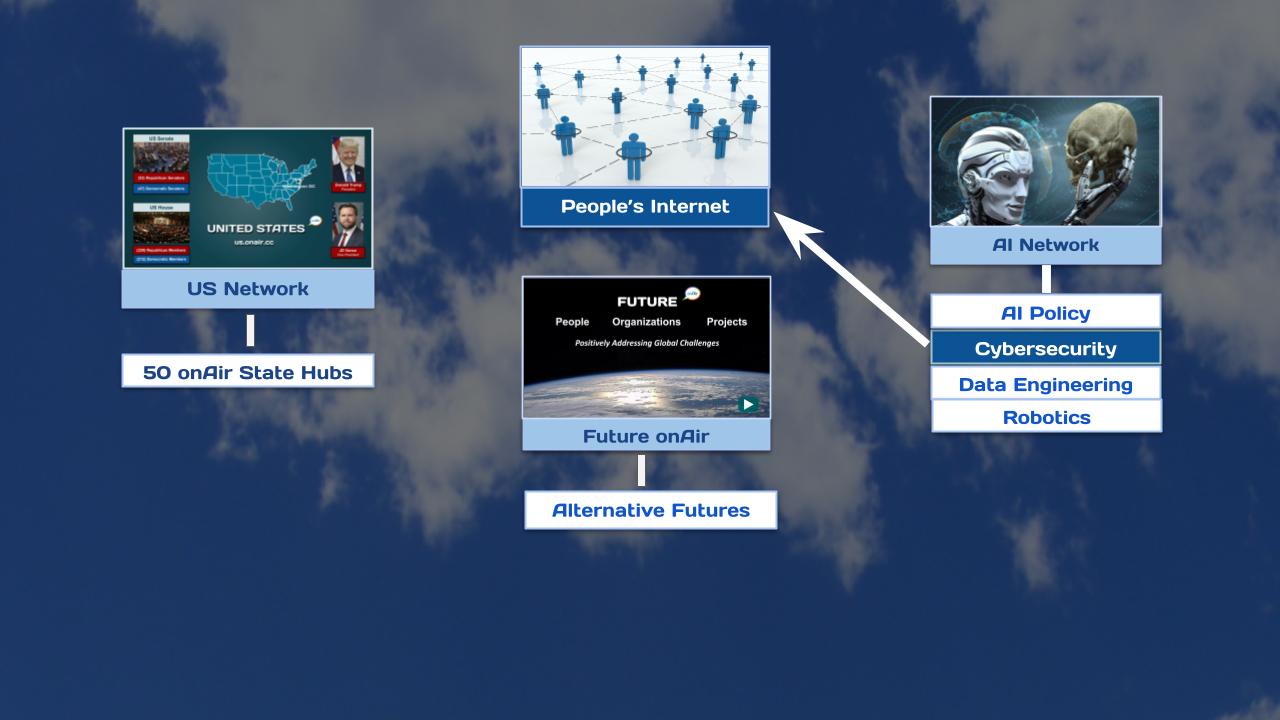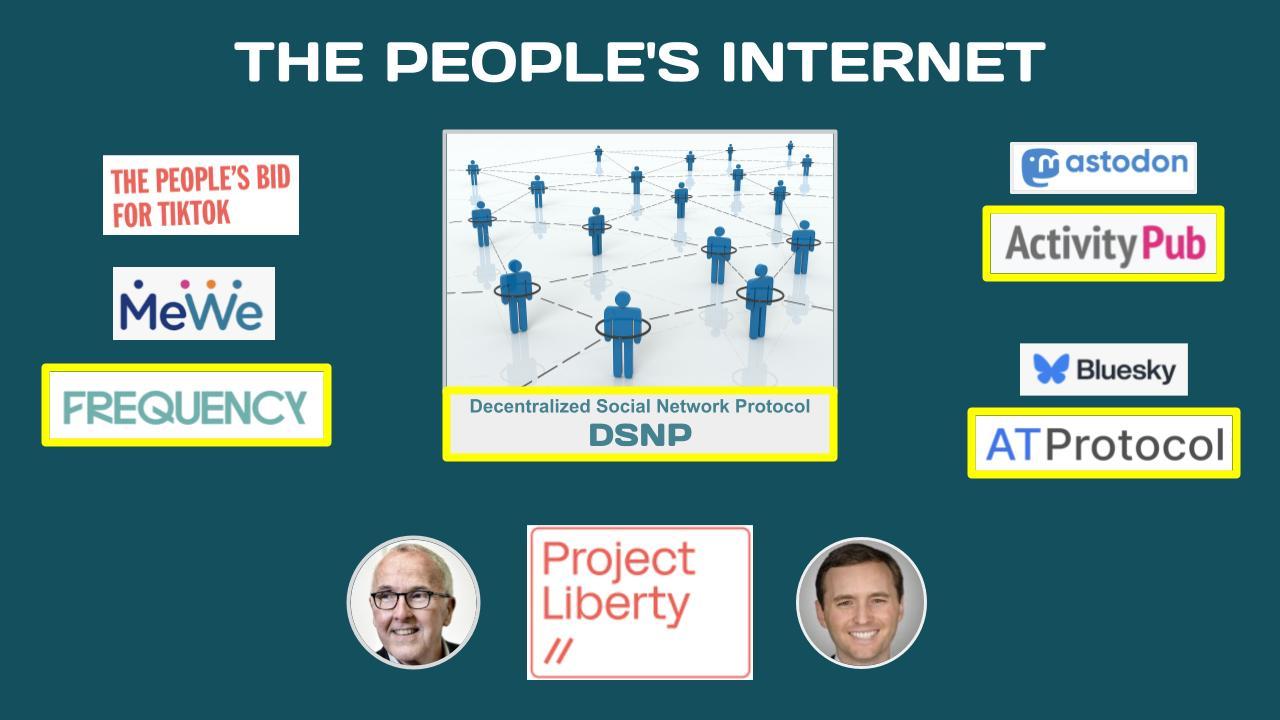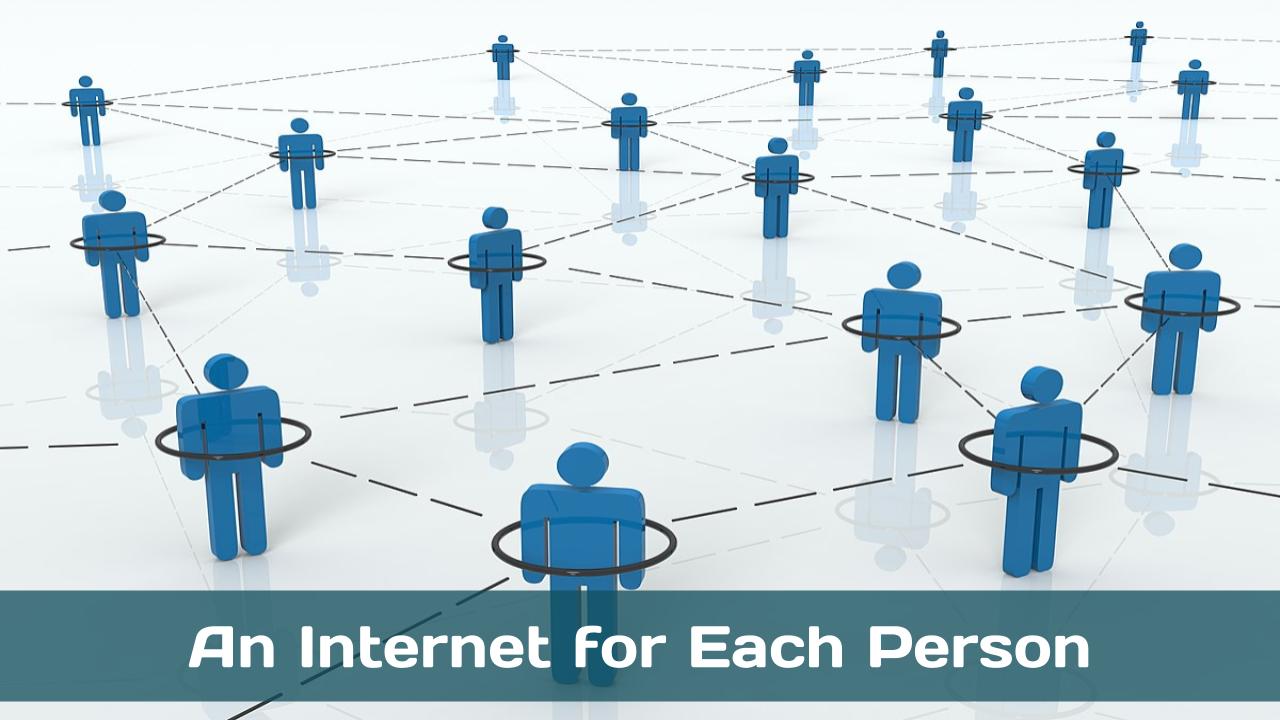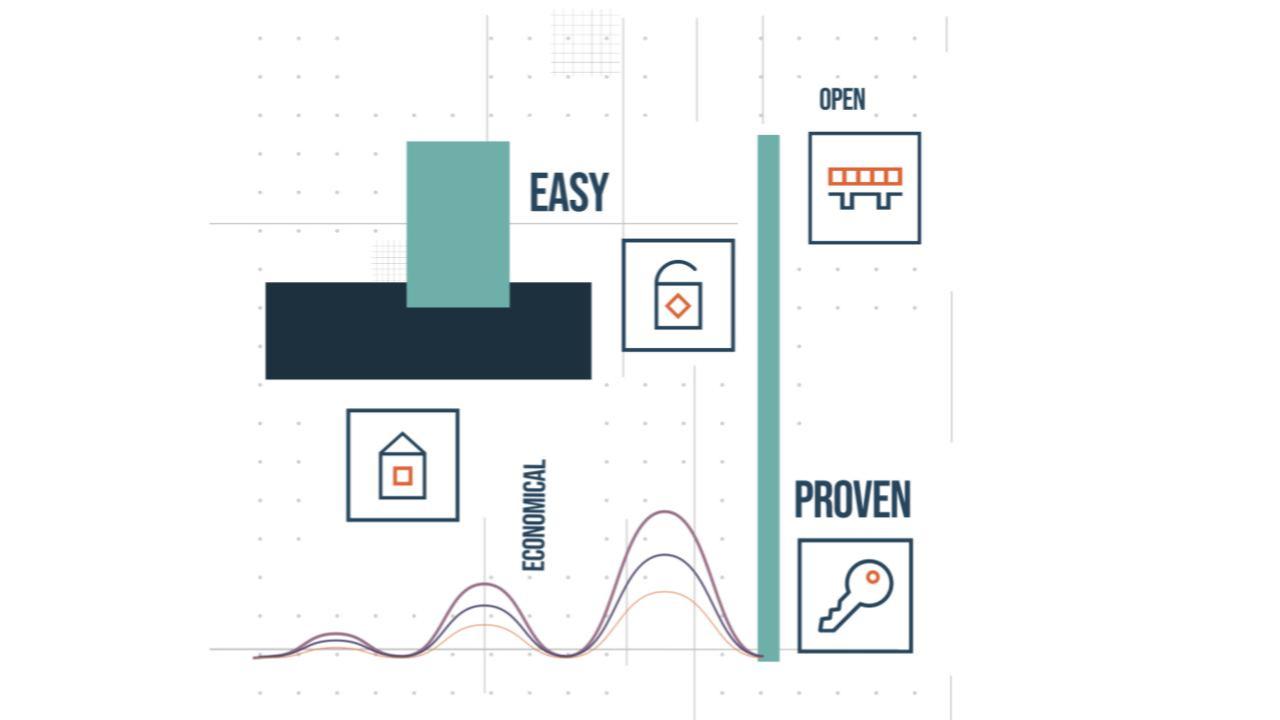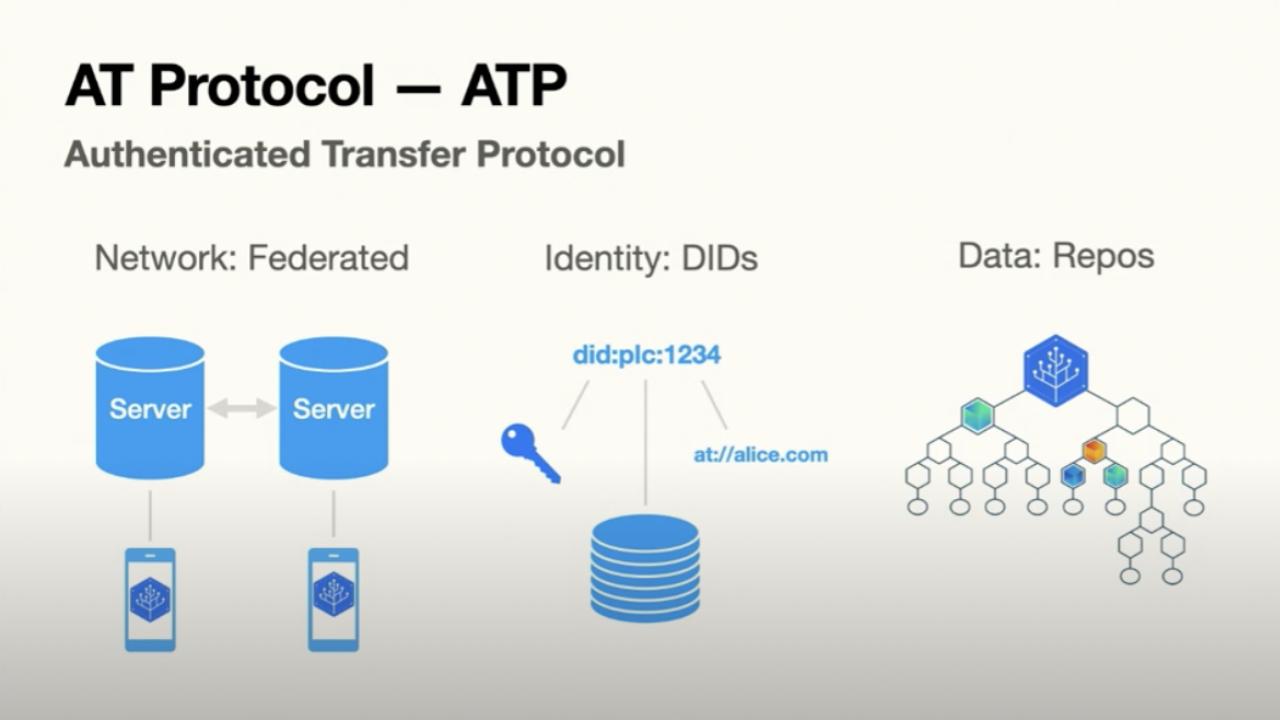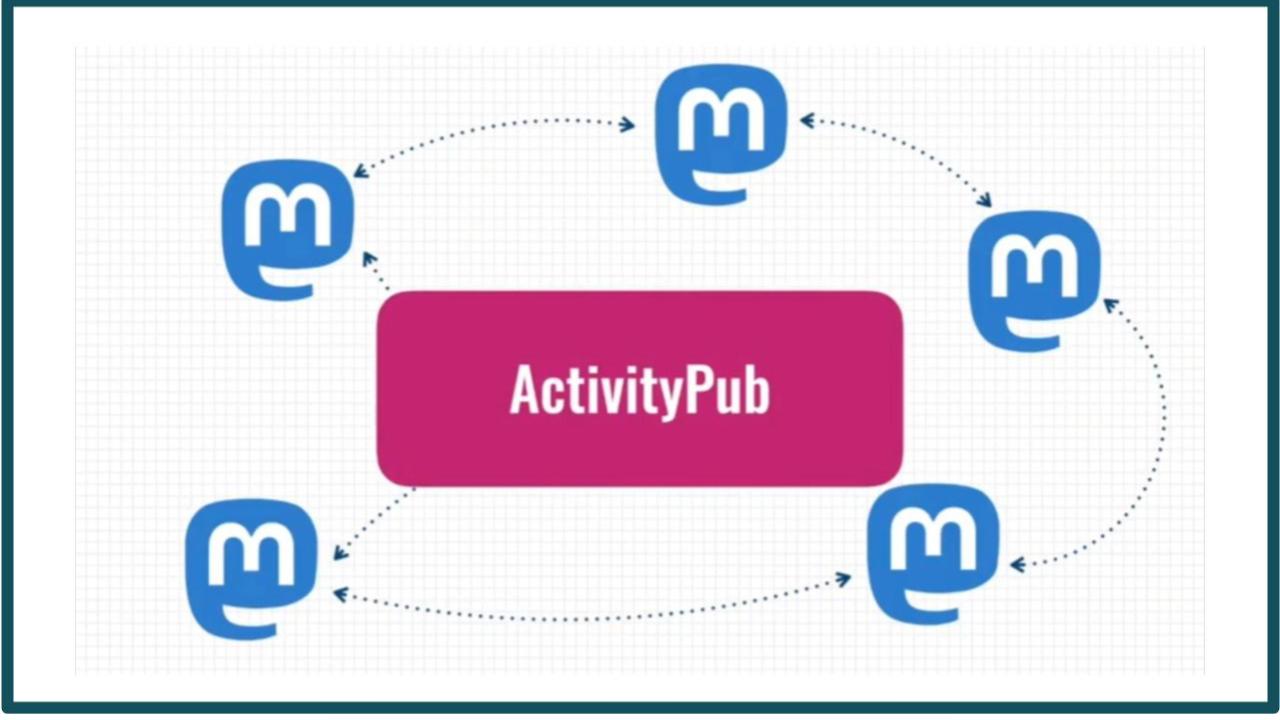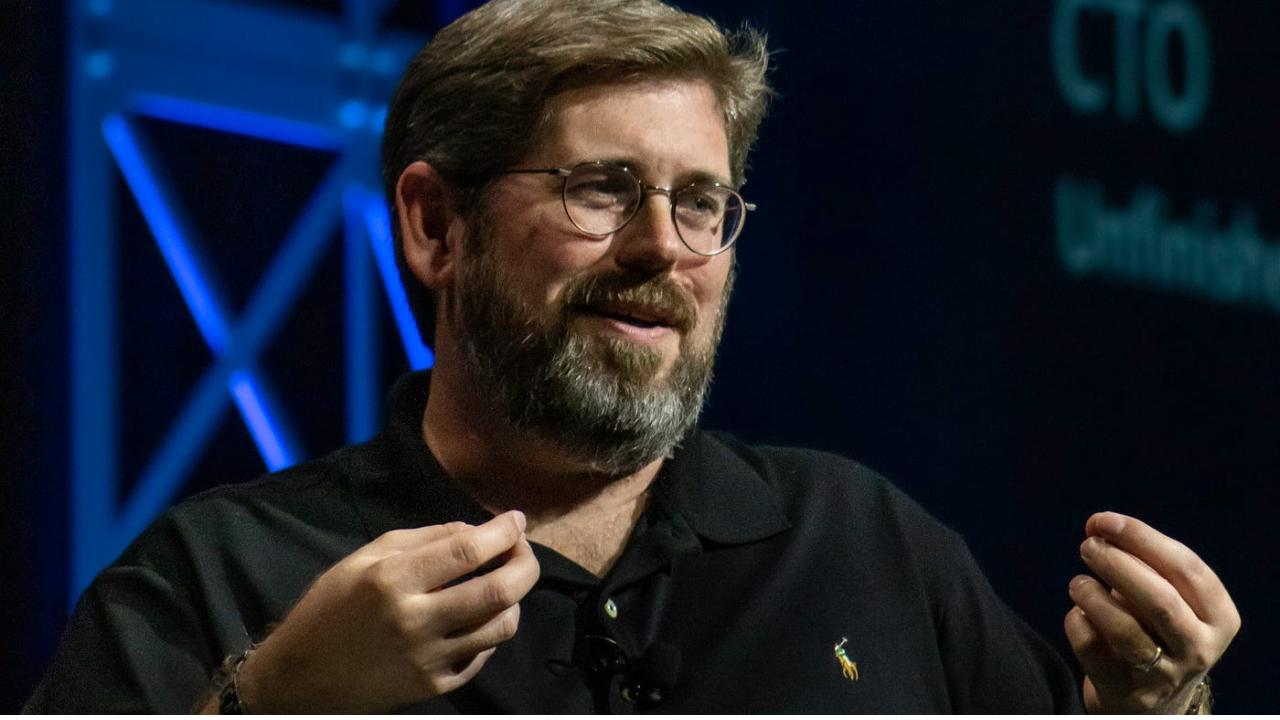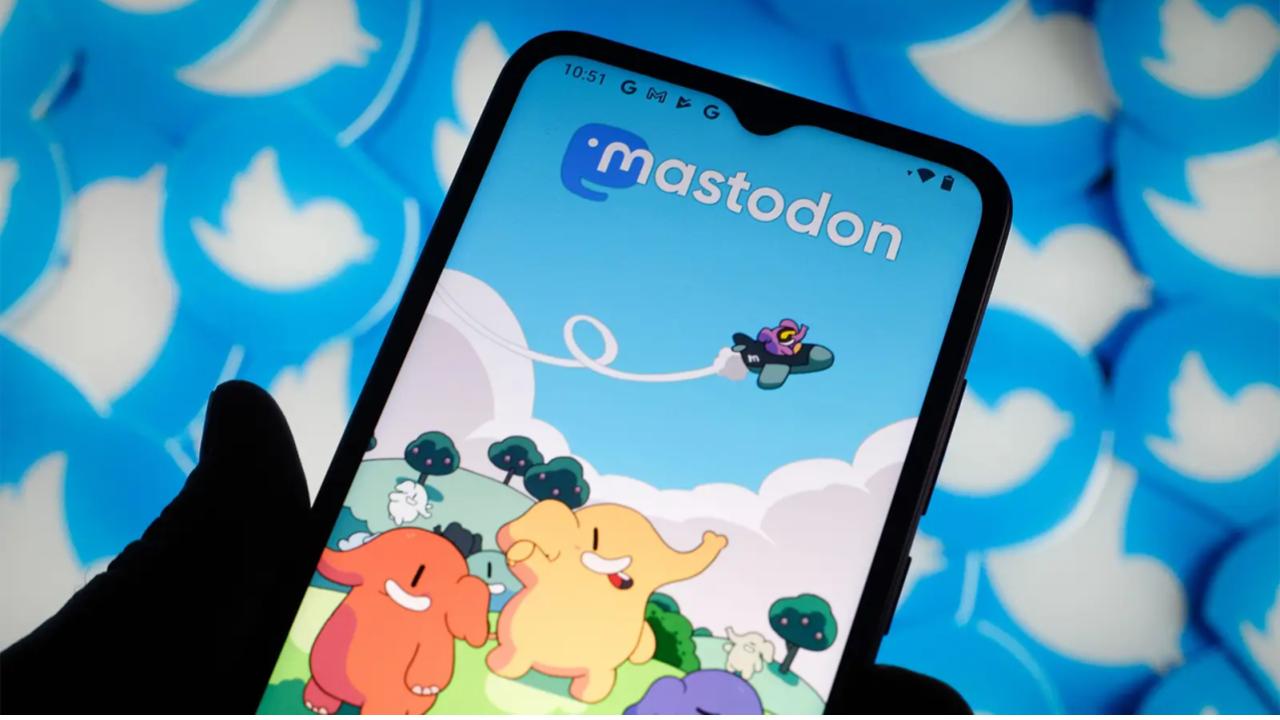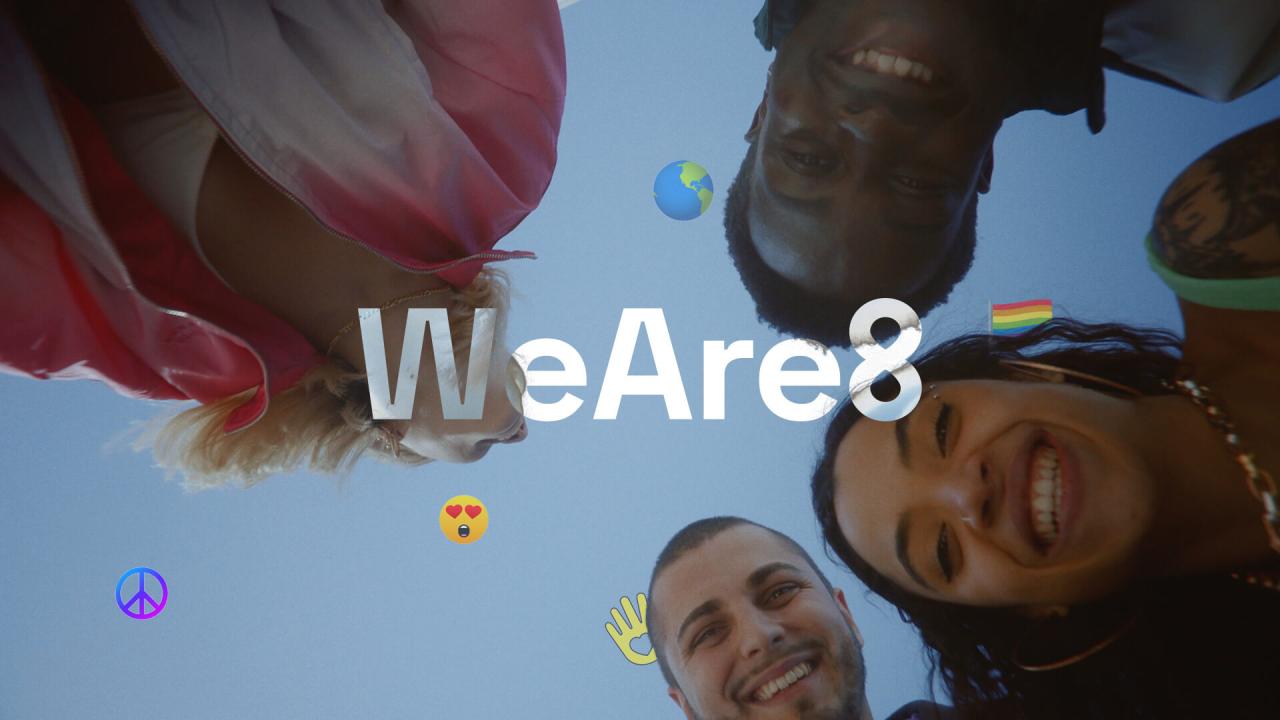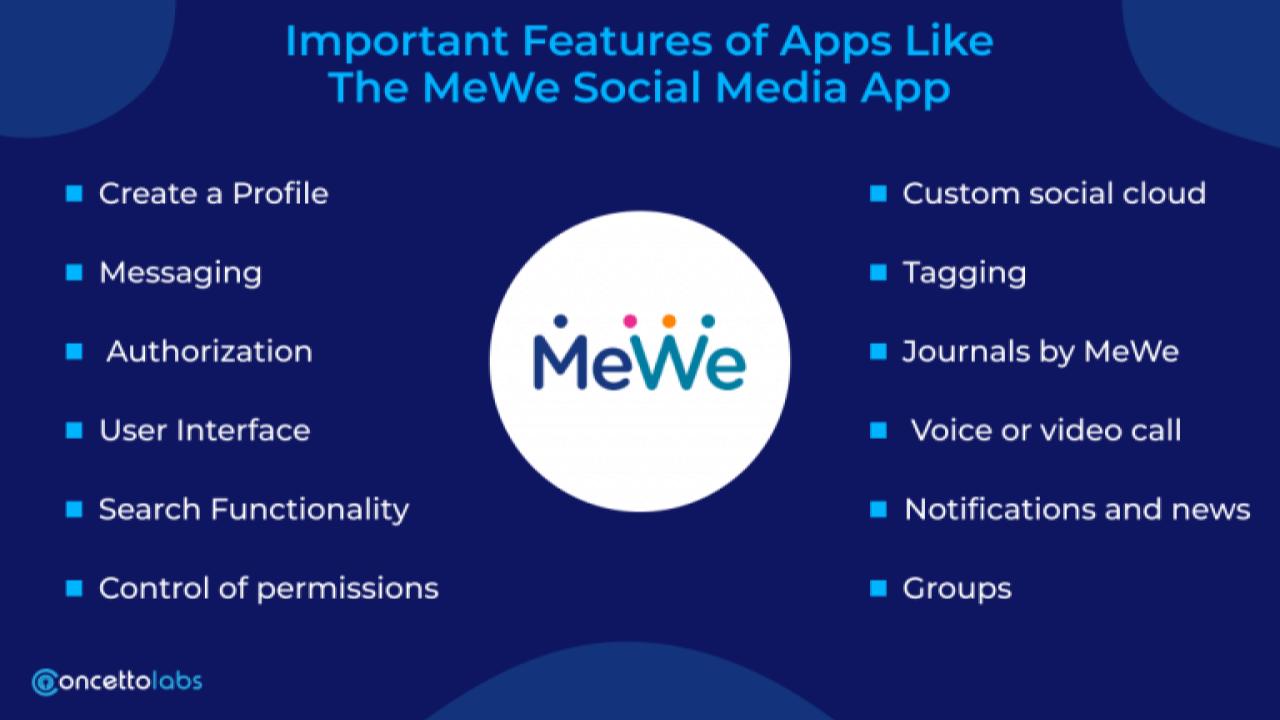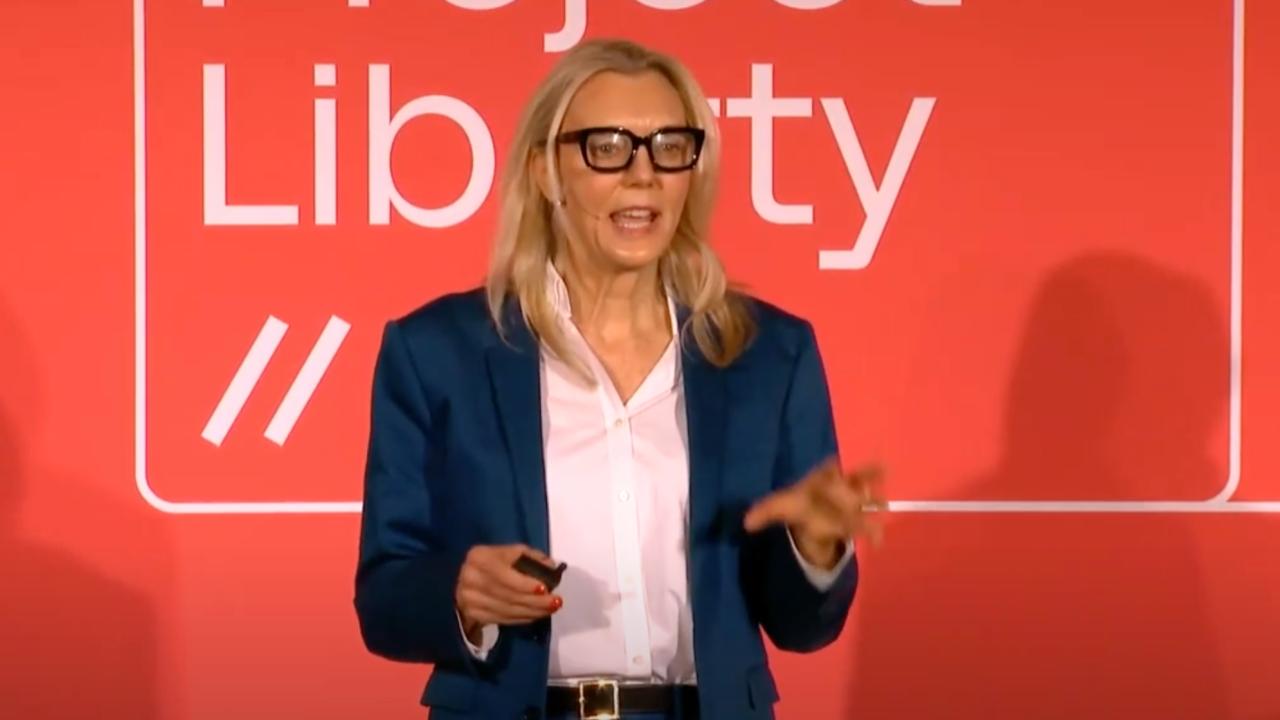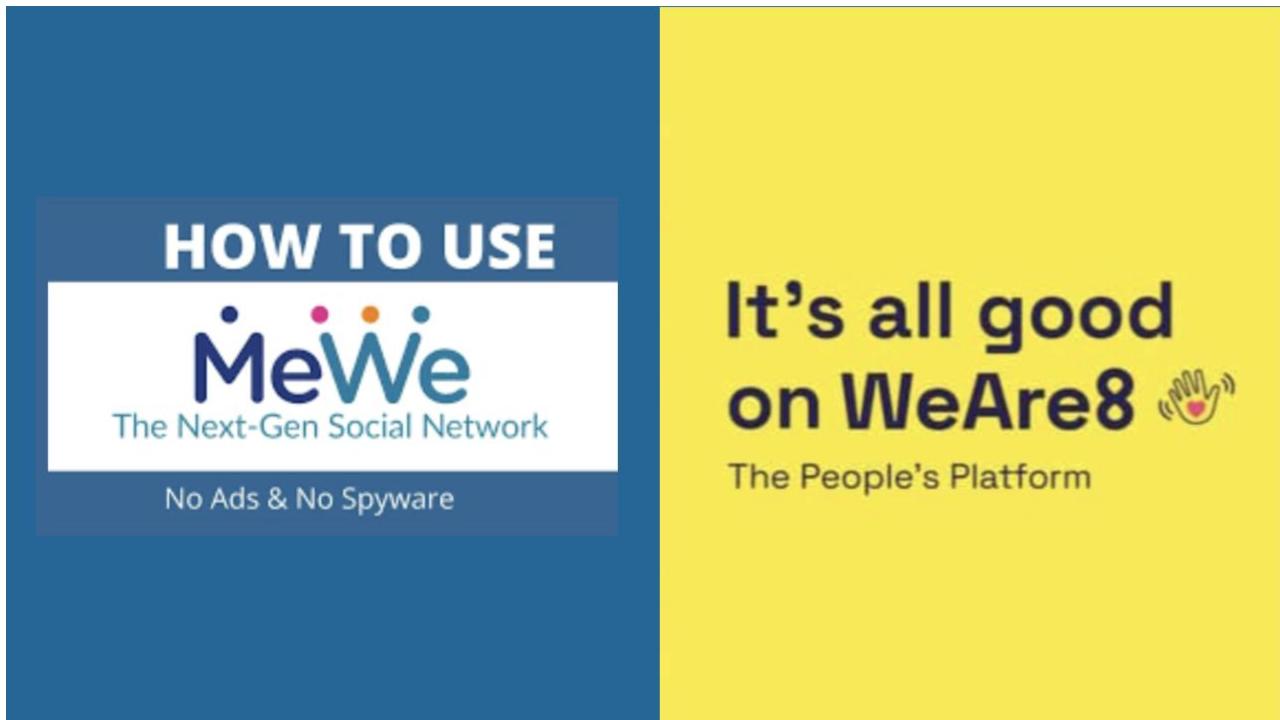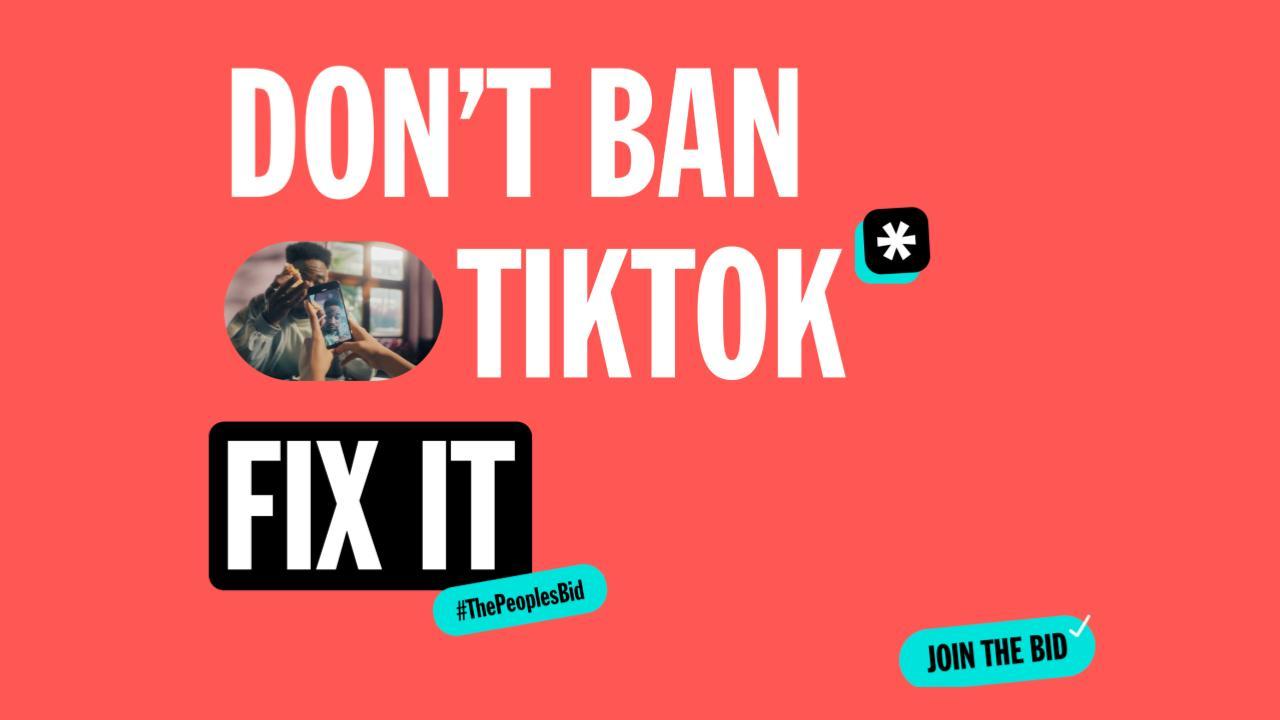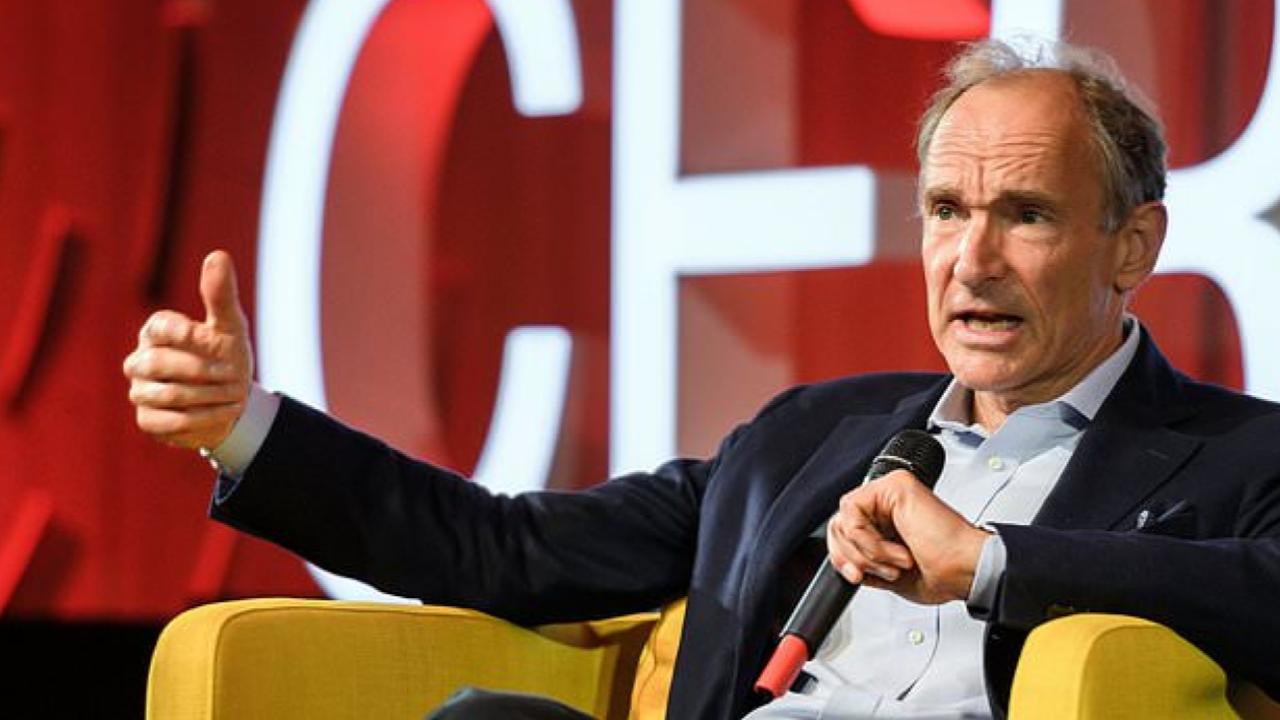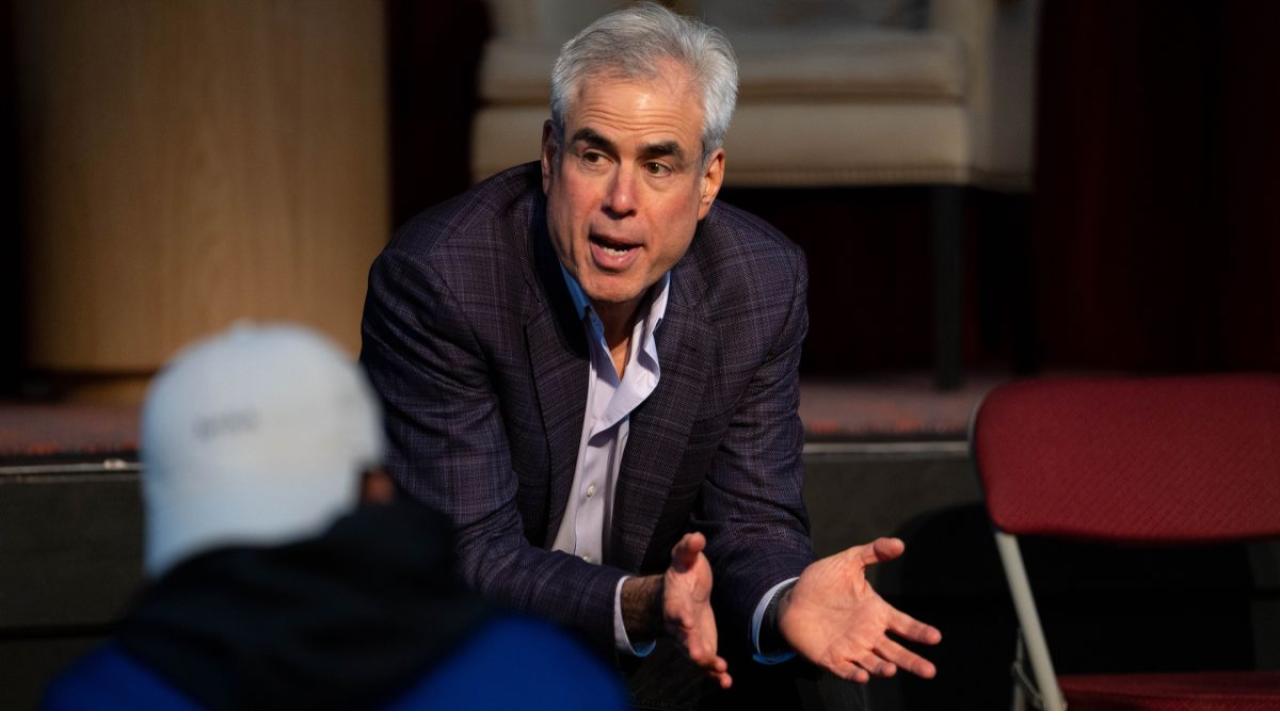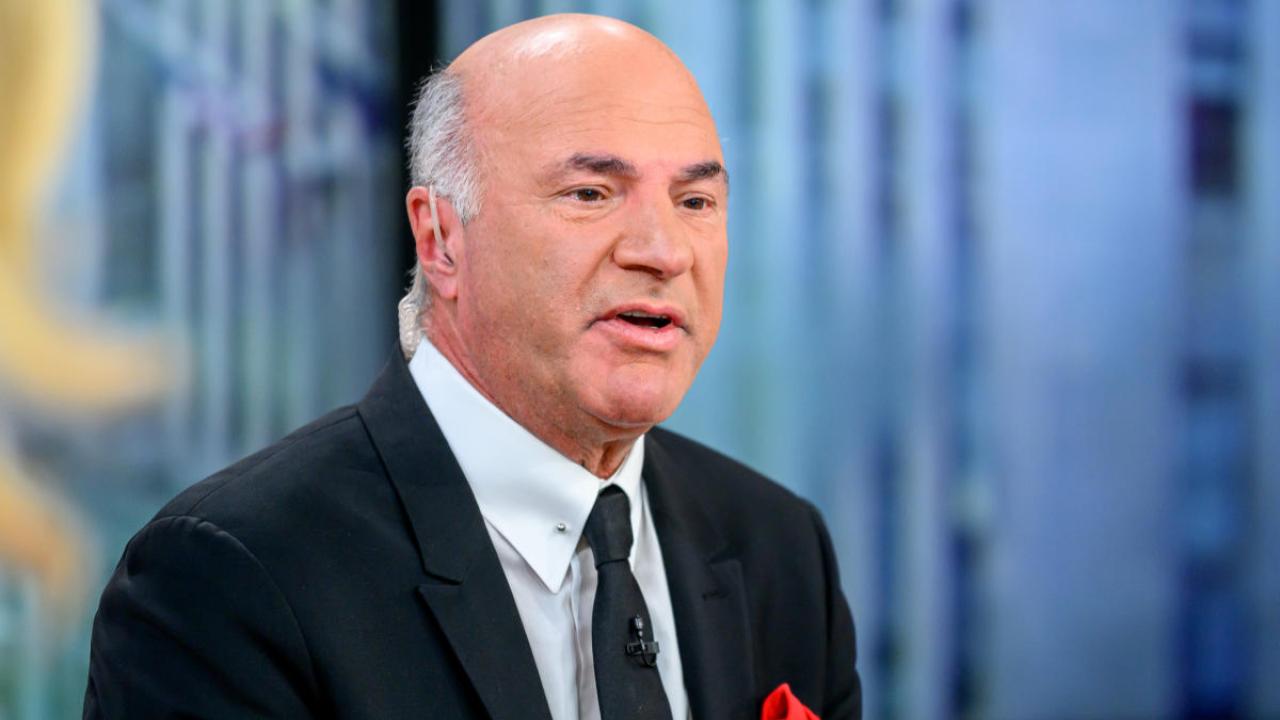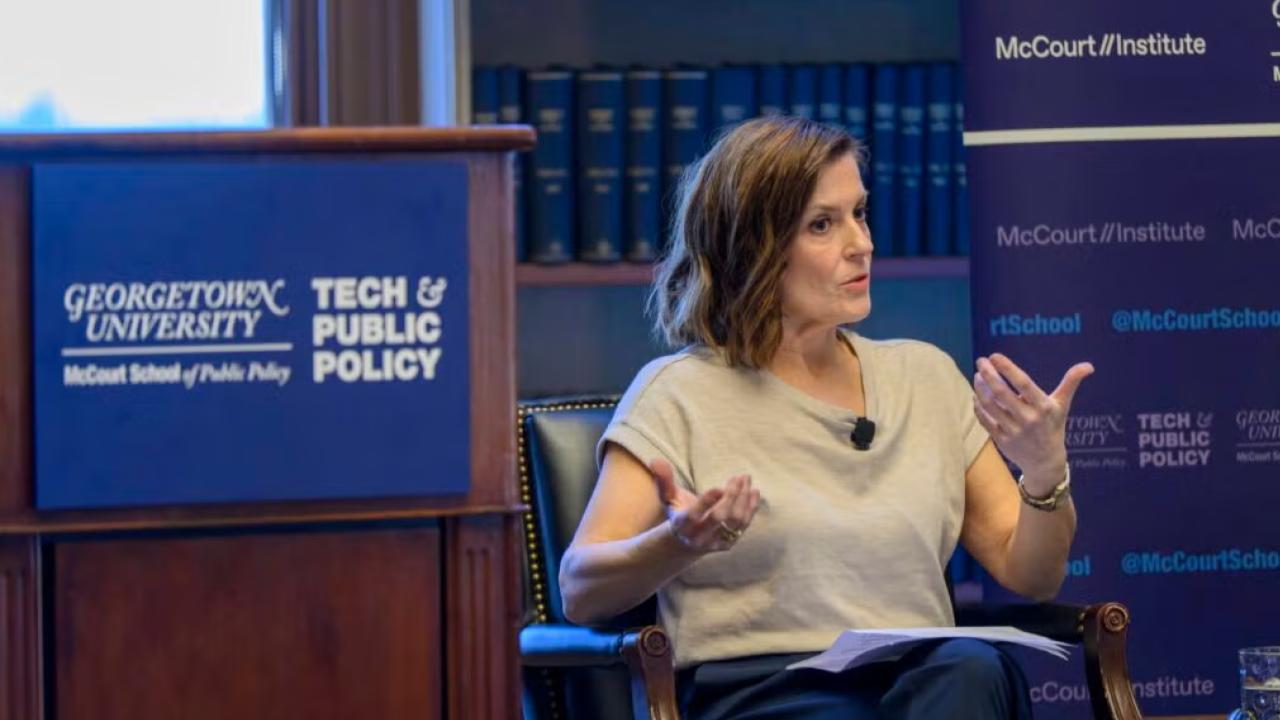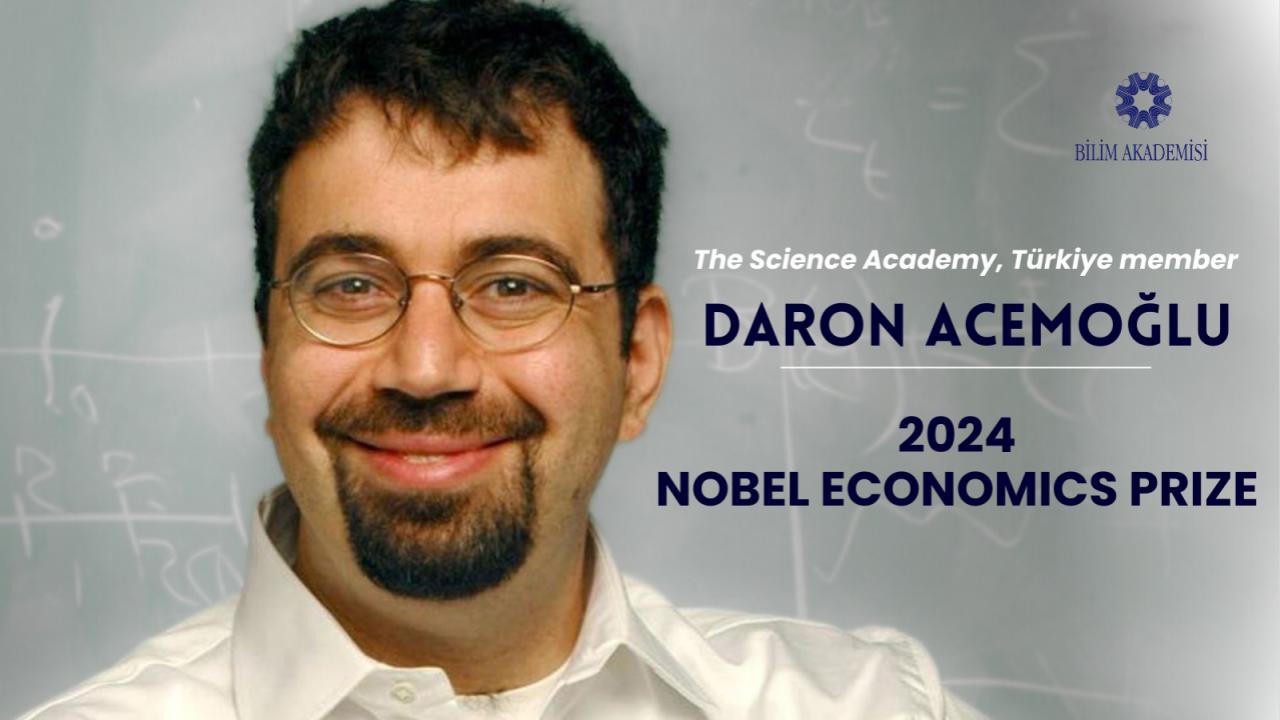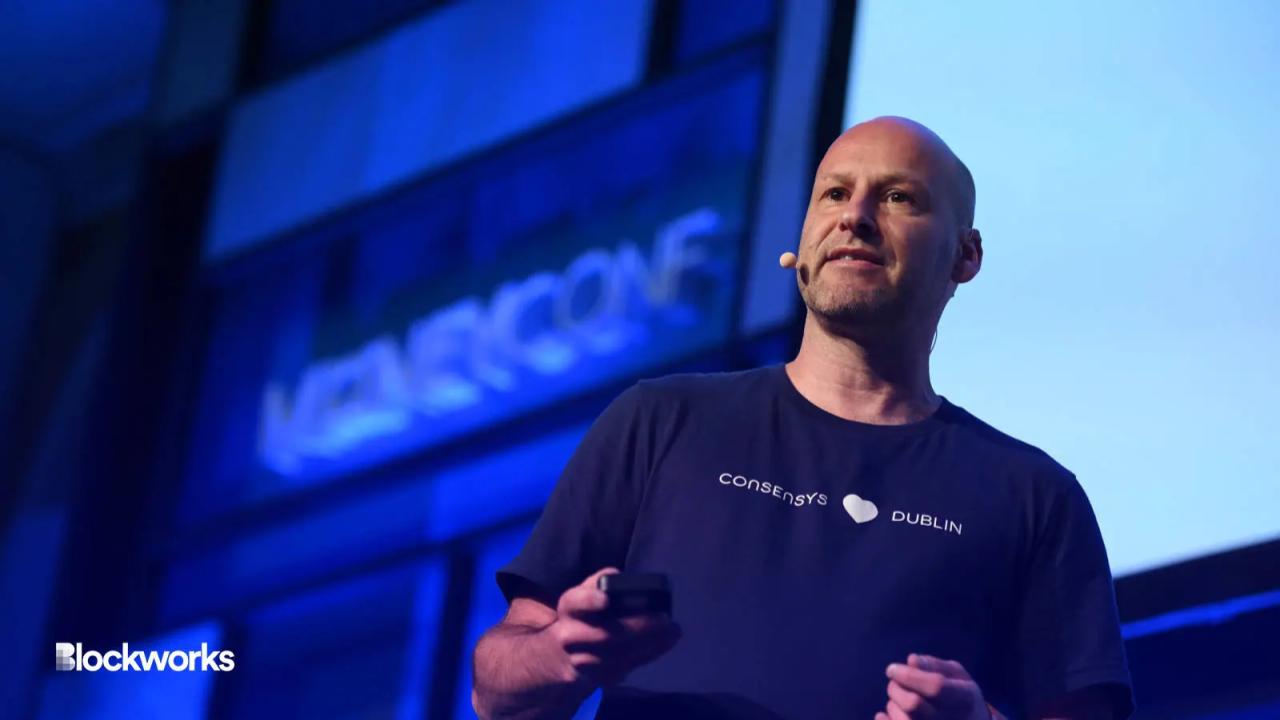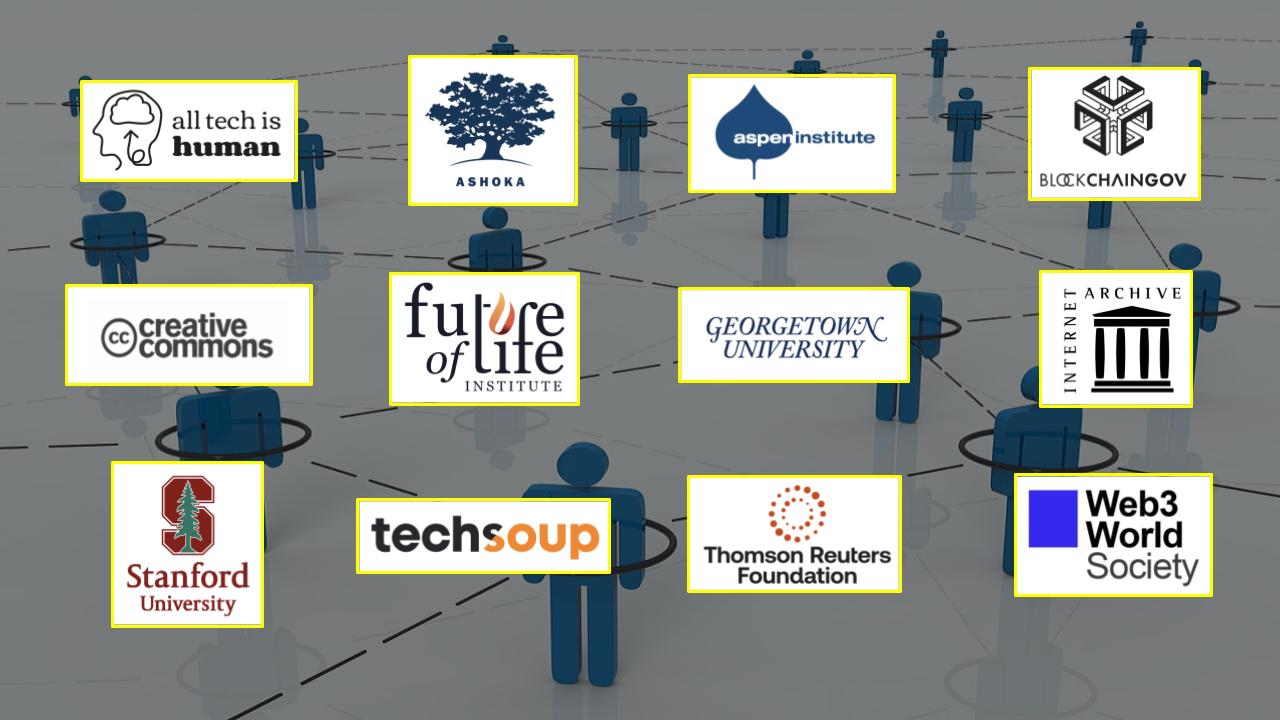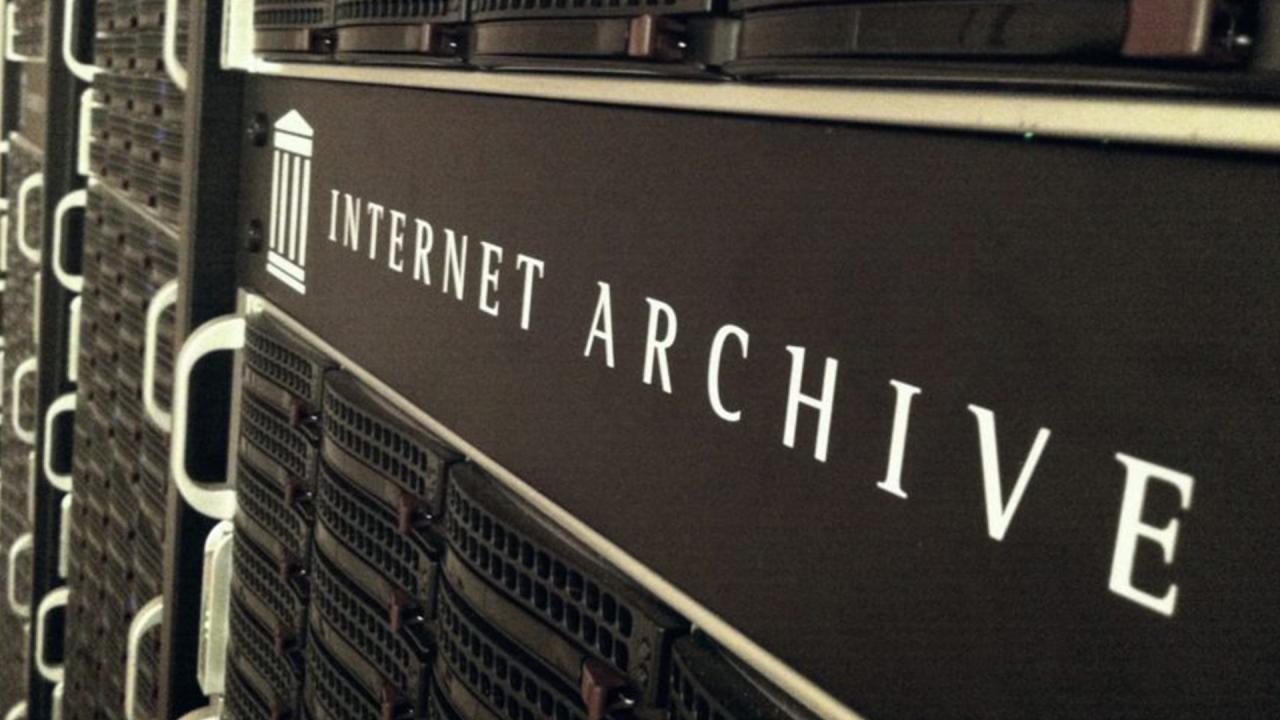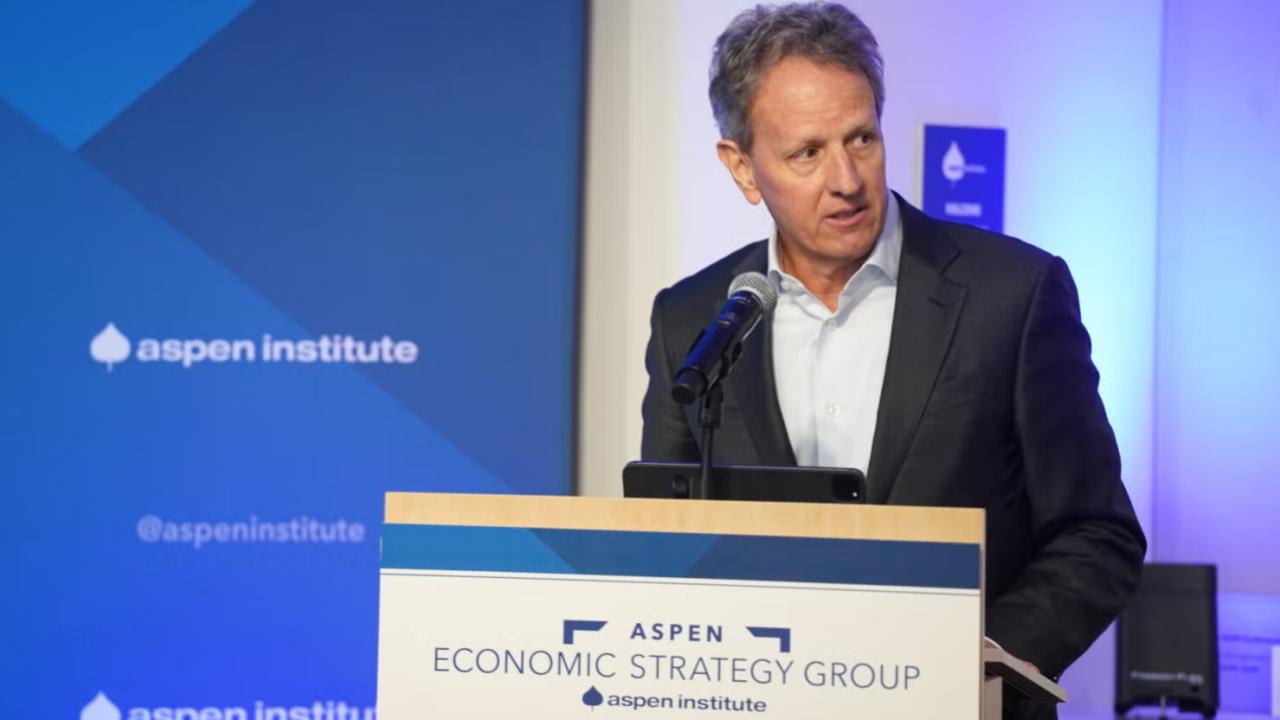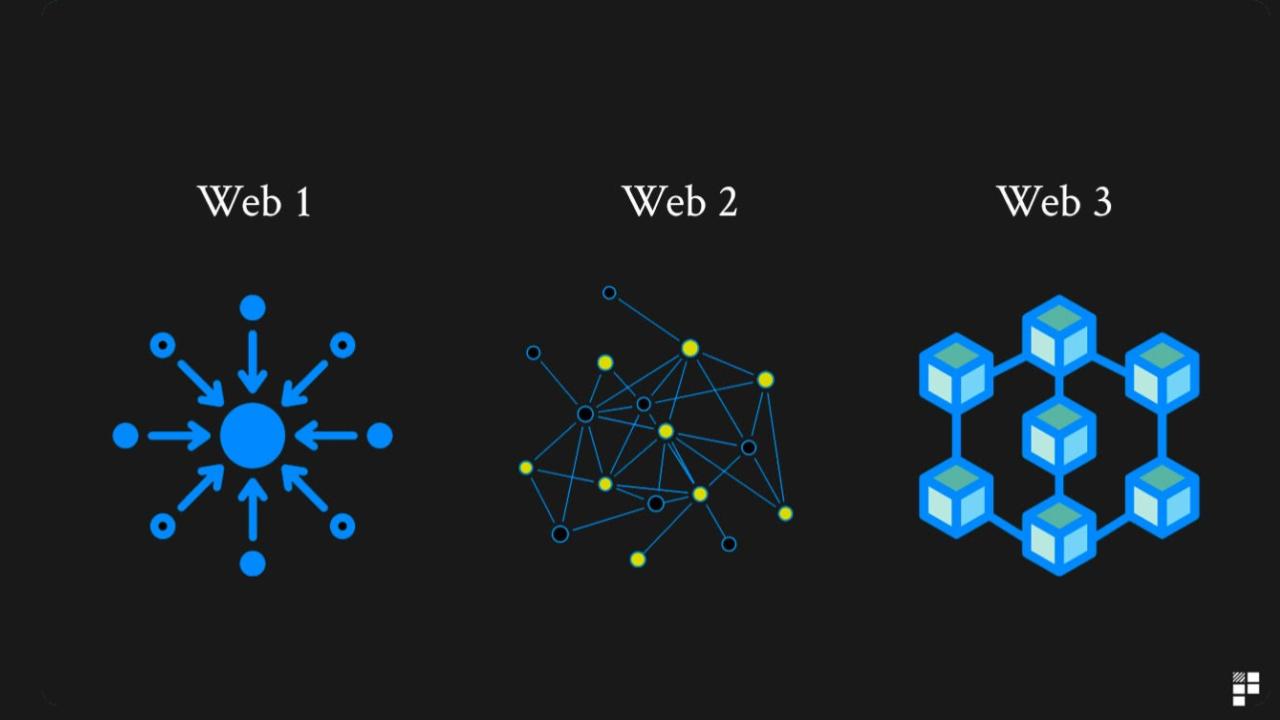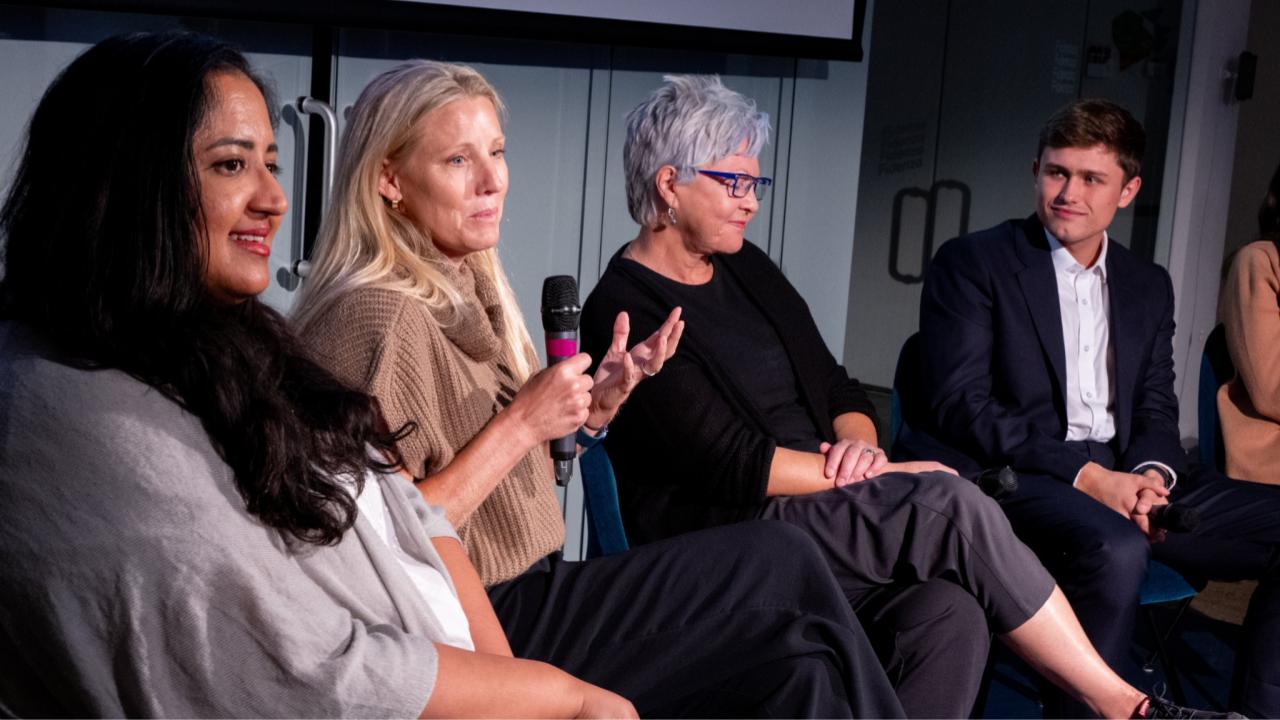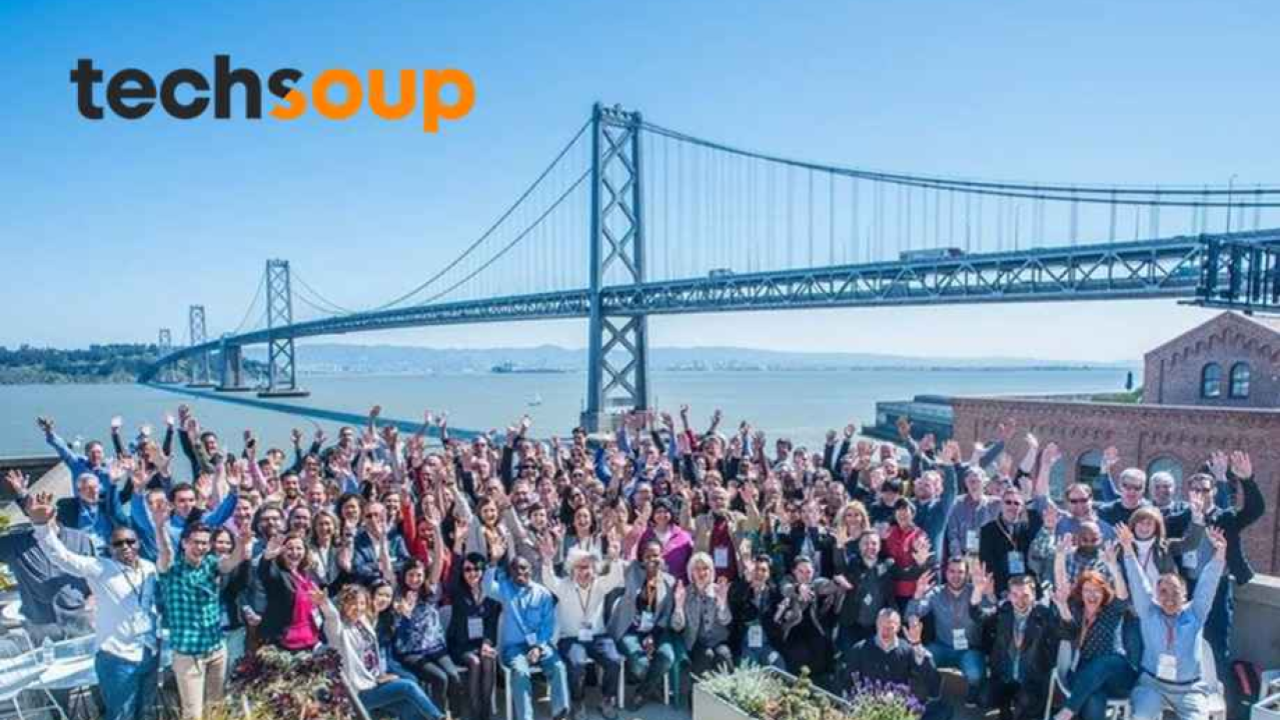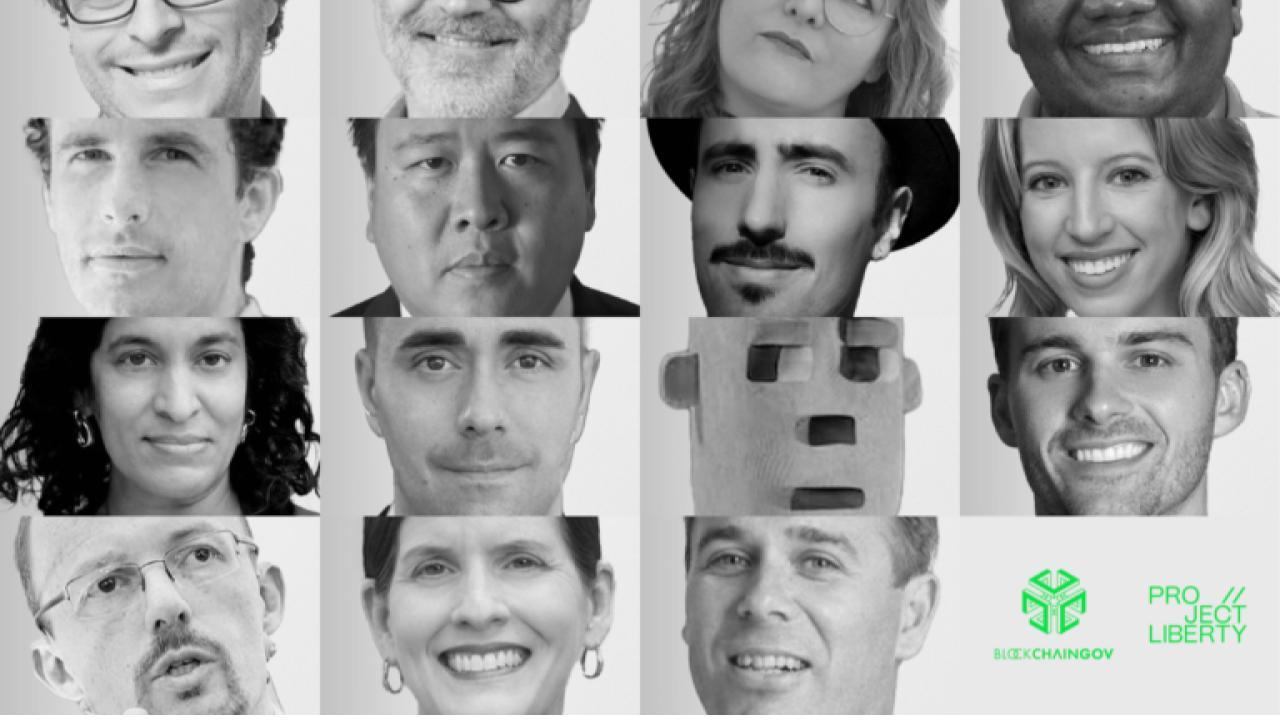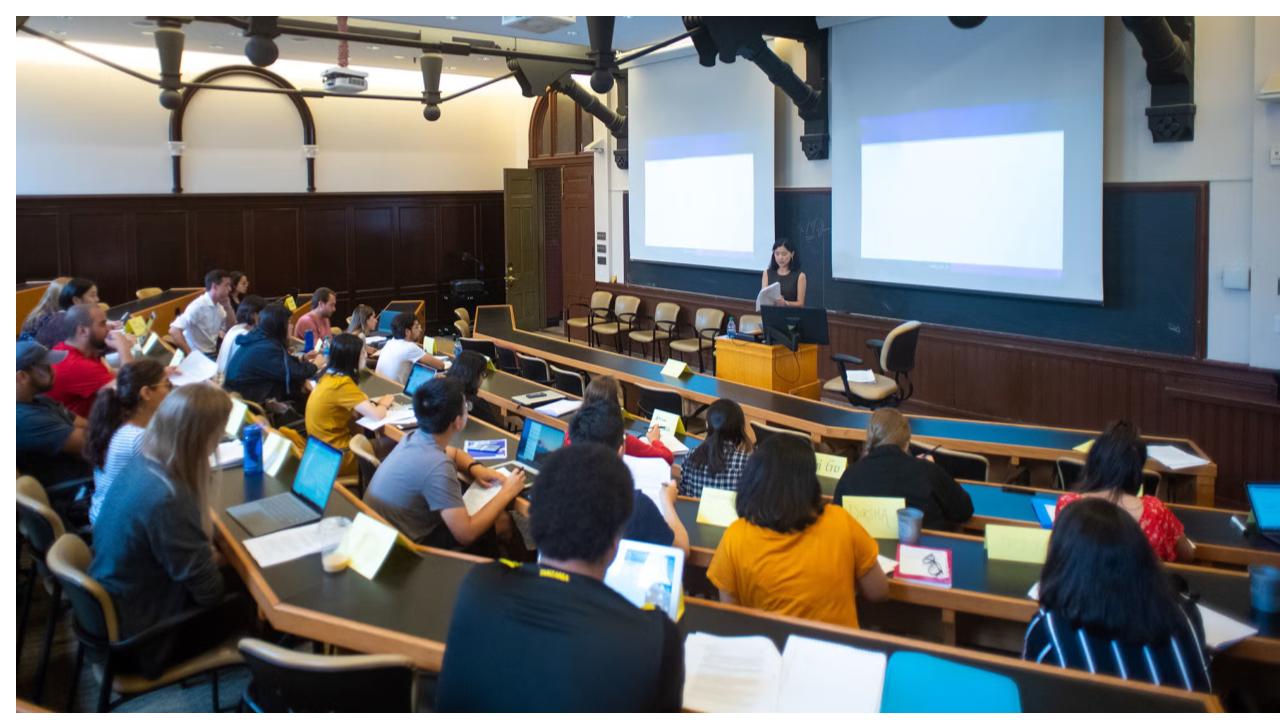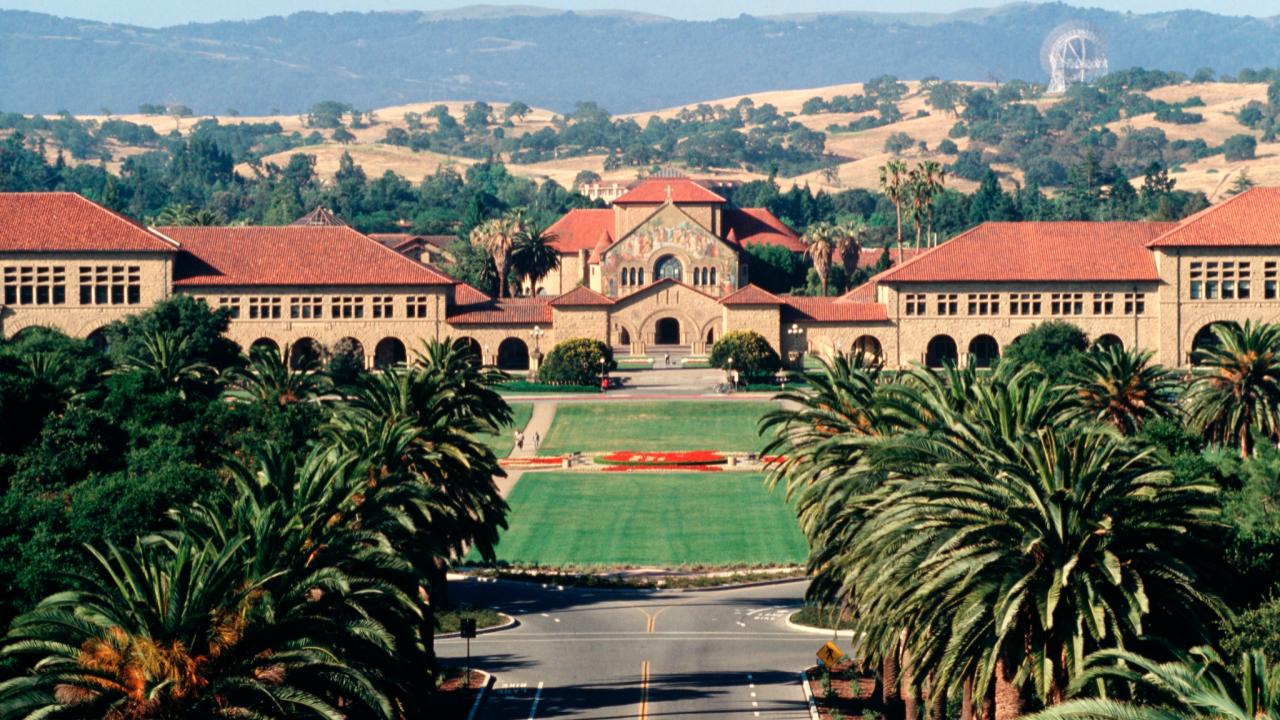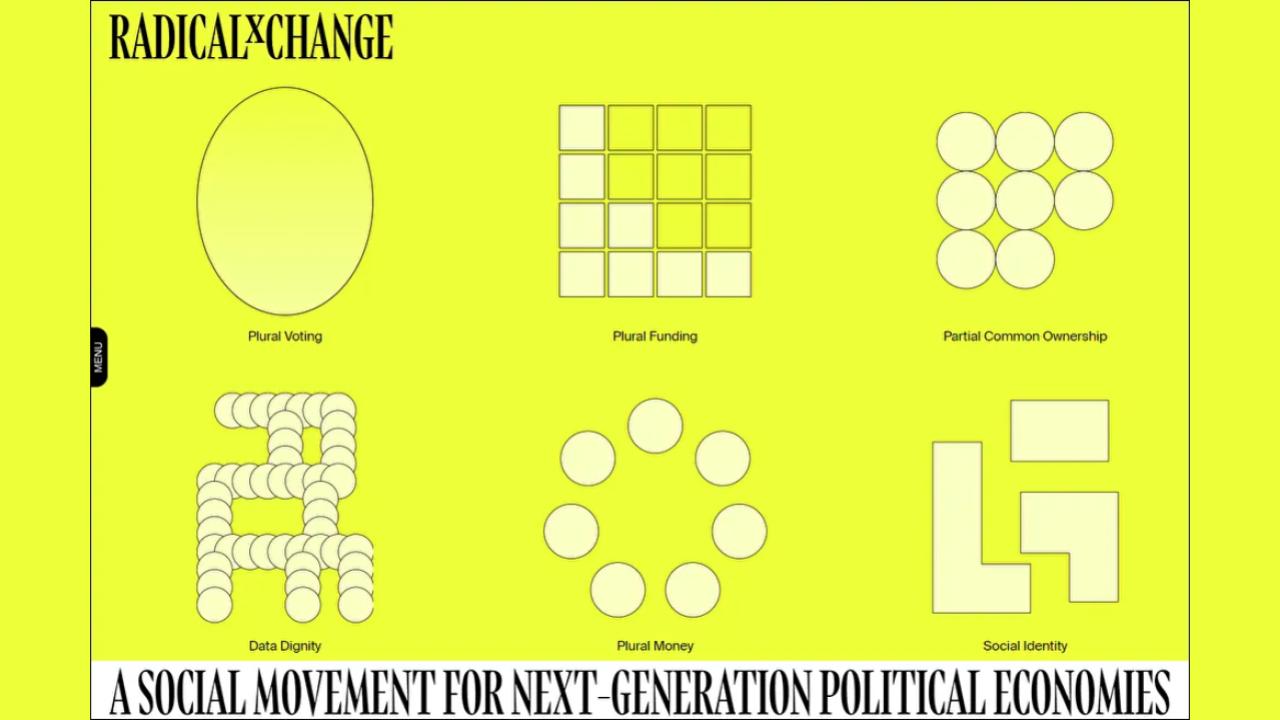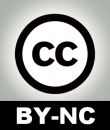News
The featured The People’s Internet post for the next month is on The People’s Bid for TikTok.
The People’s Bid is a once-in-a-generation opportunity for Americans to reclaim a voice, choice, and stake in the future of the internet. In April 2024, Congress passed legislation forcing a ban or sale of TikTok in the U.S.
Project Liberty is building a broad consortium of technologists, investors, community leaders, and creators to purchase TikTok and migrate the platform to new infrastructure that allows people to control their own data.
- Throughout the month, we will be adding to this post articles, livestreams, and videos about the latest DSNP related projects, organizations, and events.
- You can also participate in discussions in all these posts as well as share your top news items and posts (for onAir members – it’s free to join).
New Initiative to Advance Responsible Data and AI Investment in Venture Capital Launches at SuperVenture 2025 in Berlin
Project Liberty Institute announced a strategic partnership with VentureESG, a leading network of over 550 venture capital firms and 100+ limited partners committed to integrating environmental, social, and governance factors into investment, and ImpactVC, the world’s largest community of over 700 VCs investing for both financial returns and positive societal outcomes.
Launched at SuperVenture 2025, the leading global gathering of VCs and LPs, this collaboration comes when the industry is under increasing pressure to define responsible investment in the data and AI space. The initiative aims to help establish shared frameworks that guide responsible governance practices before regulation and market shifts make them imperative. The first step: a sector-wide survey to benchmark current approaches and identify actionable pathways toward more accountable, resilient, and forward-looking investment models.
“We’re seeing the early signs of a shift in venture,” said Paul Fehlinger, Director of Policy, Governance Innovation & Impact at Project Liberty Institute, who leads engagement with investors. “Most VCs are just starting to grapple with responsible data and AI governance, but some forward-looking LPs are already asking tougher questions. As the sector races ahead, this is a rare window to jointly develop the standards before regulation and market dynamics force everyone’s hand. Investors who move early won’t just mitigate risk—they’ll be better positioned to win over institutional capital and attract founders who see responsible AI as a competitive edge. Ultimately, it’s how we build more resilient companies and ensure the next wave of tech creates real value for users, entrepreneurs, and investors alike.”
Project Liberty founder Frank McCourt sat down with Semafor’s Max Tani at the World Economy Summit on April 23, 2025.
Project Liberty Institute Contributes to Responsible Data and AI Dialogue at the EU-UN-OECD Conference
On May 12, 2025, Project Liberty Institute’s Director of Policy, Innovation & Impact, Paul Fehlinger, joined international leaders at a special conference at the Organisation for Economic Co-operation and Development (OECD) headquarters in Paris on the occasion of the EU Day. Speaking on the opening panel with ambassadors from the EU and African Union as well as the OECD and the Office of the UN High Commissioner for Human Rights (OHCHR), Fehlinger participated in important discussions about responsible approaches to data and AI investment. The event brought together government officials, investors, and innovation experts to explore how investment strategies can support responsible tech development.
Who was at the table?
This timely dialogue was a collaborative effort between three key organizations. The OECD, which sets global economic standards across its 38 member countries, partnered with the EU—known for groundbreaking tech regulations like the General Data Protection Regulation Act (GDPR), the Digital Markets Act (DMA), and the AI Act—and the UN B-Tech Project an OHCHR initiative focused on human rights in technology and business. The OHCHR contributed crucial insight into rights-based governance approaches. The event also focused on EU-Africa collaboration to scale responsible data and AI practices.
Spearheading Project Liberty Institute’s work at the intersection of governance, entrepreneurship, and capital, Fehlinger highlighted the critical role of both public actors and private market investors in building a sustainable and high-performing data and AI economy. To unlock a fair data economy, he argued, public-private collaboration should focus on infrastructure that supports democracy, improves market dynamics, and enables long-term value creation in the digital era.
May 13, 2025 Project Liberty Newsletter:
Fifteen years ago, Public Benefit Corporations (PBCs) didn’t exist. Today, they have become a popular legal structure for some of the biggest tech companies in the world.
In the 200+ year history of U.S. corporate law, PBCs are a recent legal invention. The first state to pass PBC legislation was Maryland in 2010. Today, 41 states (and the District of Columbia) have laws that enable PBCs.
Unlike traditional corporate structures like C-Corps and S-Corps, which are designed to maximize shareholder value, PBCs promise an alignment between profit and a defined public benefit to society.
PBCs have been making news recently, with OpenAI’s recent decision to convert its for-profit business to a PBC controlled by a nonprofit parent entity.
Becoming a PBC has many benefits:
- Mission alignment: By legally embedding its social mission into its company’s DNA, a PBC structure can help tech firms stay focused on long-term societal impact.
- Public goodwill: A PBC structure can lead to enhanced consumer, employee, and investor trust in the brand. For AI companies responsible for the development of disruptive technologies, becoming a PBC is a step (though a small one) in assuaging the public that those in power have broader societal concerns in mind.
- Greater transparency: PBCs are required to adhere to regular and transparent reporting requirements. However, these requirements do not require AI companies to reveal how their AI algorithms work (a complaint that many have raised). It’s unclear if a shift in legal structure will lead to the type of transparency critics seek.
// Apply now: McCourt TPP Visiting Fellows Program
Deadline: June 6
The McCourt School’s Tech & Public Policy program is now accepting applications for its Fall 2025 Visiting Fellows cohort. This semester-long opportunity invites policy professionals to share their expertise with Georgetown students through lectures, discussions, and events in Washington, DC.
May 6, 2025 Project Liberty Newsletter
For & Against
The current regulation-innovation debate is not new. It’s a dynamic that has shown up in various industries and markets worldwide. Here are a few examples of the relationship between regulation-innovation:
- Regulation can hinder: In most countries, regulations vary based on firm size. The bigger the company, the greater the regulation. Researchers found that companies in France that were nearing a 50-employee size (a headcount threshold that leads to greater labor regulations) innovated less.
- Regulation can enable: Section 230 in the U.S. gave online platforms legal immunity for user content moderation. This protection allowed countless online business models to flourish and is credited with helping create today’s internet (for better and worse).
- Regulation can hinder: America’s Nuclear Regulatory Commission has been recently criticized for regulatory overreach. Those who see nuclear energy as necessary to build a clean-energy economy believe “crushing regulation” has made it virtually impossible for new nuclear reactors to be built in the U.S. (Only three new reactors have been completed in nearly three decades, reflecting widespread criticism of regulatory overreach.)
- Regulation can enable: Antitrust regulation to break up monopolies has created a level playing field upon which new technologies could emerge. Two separate antitrust lawsuits against IBM in 1969 and AT&T in 1974 helped create the conditions for Microsoft and Apple to launch the personal computer revolution.
There are countless other examples highlighting the complex relationship between regulation and innovation, from net neutrality laws in the U.S. to environmental rules that incentivized the formation of new industries like carbon capture, to government regulation that contributed to a boom in domestic manufacturing (in the case of China’s electric vehicle sector).
On Jan 15, 2025 at Stiftung Mercator in Berlin, RadicalxChange Foundation, along with partners Global Solutions Initiative and Sciences Po Technology and Global Affairs Innovation Hub, co-hosted a side event to the Paris AI Action Summit. We focused on the future of collective bargaining in the context of the AI revolution. The discussions helped to advance our thinking in several important ways. Here are some quick initial reflections.
History suggests that following significant technological breakthroughs, individuals and communities often endure temporary but harmful losses of economic bargaining power. (For example, real living standards declined in industrializing countries between the mid-18th and the early-to-mid 19th centuries, in part because individuals’ contributions to vital productive processes became more interchangeable and therefore lacked bargaining power.) On a longer arc of history, new technology’s benefits usually accrue to whole societies, but such short-term social disruptions partly offset those benefits and frequently destabilize societies. It is therefore important to strategize toward achieving social equilibrium quickly, robustly, and without undermining the processes of technological development.
Power rebalancing after technological breakthroughs occurs through at least three pathways: technological, political, and social. Technological rebalancing occurs when the dissemination or cheapening of the relevant technology undermines the advantage of the technology’s owners (as in the personal computer and software revolutions). Political rebalancing occurs when direct state interventions check the rights of businesses to exploit the new technology (as in the 18th century, when speech controls and intellectual property statutes limited the power of printing press owners). Social rebalancing occurs when social or labor organizations form a collective counterpower, achieving an economic foothold vis-a-vis the technology’s owners (as in the late part of the industrial revolution). These pathways are not mutually exclusive, possess unique benefits and drawbacks, and are more or less suitable in different societal and technological situations.
What might these modes of rebalancing look like in the nascent AI revolution? Which are likeliest to mitigate losses of bargaining power and/or uphold the integrity of individuals and communities? We will first define, then critique and evaluate three pathways.
In this episode, Matt Prewitt sits down with Audrey Tang, Taiwan’s Cyber Ambassador-at-large and 1st Digital Minister, as well as the star of the new short documentary Good Enough Ancestor. It is a fascinating conversation exploring the profound intersections of technology, spirituality, and democracy.
In today’s episode, renowned academic and legal scholar Professor Joseph H.H. Weiler speaks with Matt about The Trial of Jesus – connecting the historical event as a lens for understanding justice, religious pluralism, and democracy. The examination leads us through the limits of state neutrality in matters of faith, the balance between freedom of and from religion, and the evolving role of digital platforms. Professor Weiler shares perspectives from his extensive legal scholarship while reflecting on the intersection of theology, democracy, and technological change in our modern world. An incredibly poignant episode that is a must-listen.
Note: This episode was recorded in Dec 2024.
This hub focuses on the People’s Internet that has been catalyzed and supported by Project Liberty and Frank McCourt.
